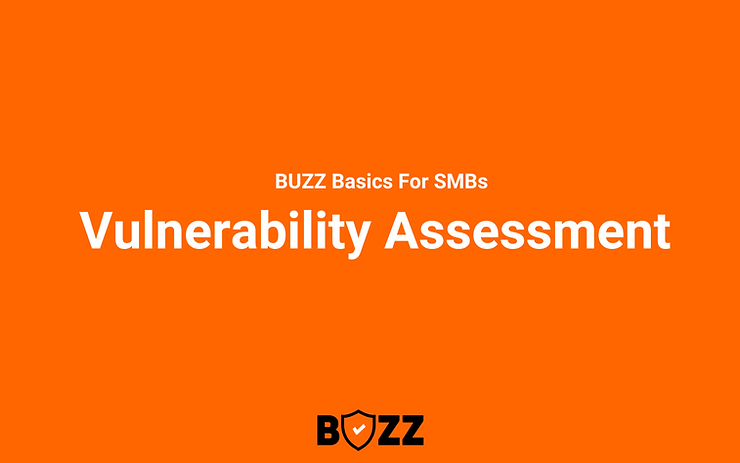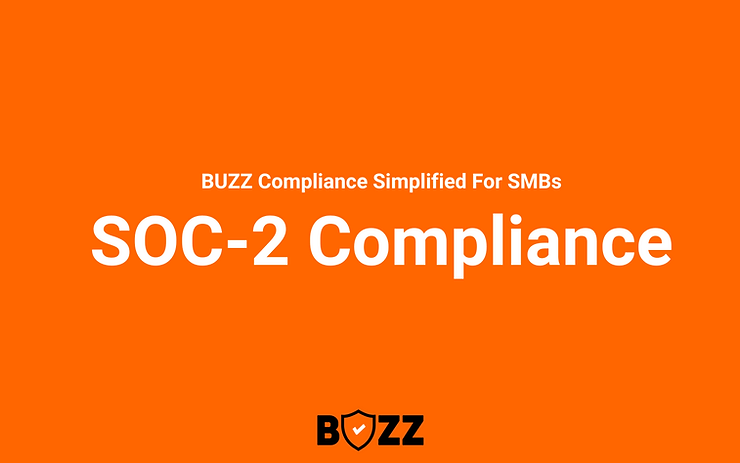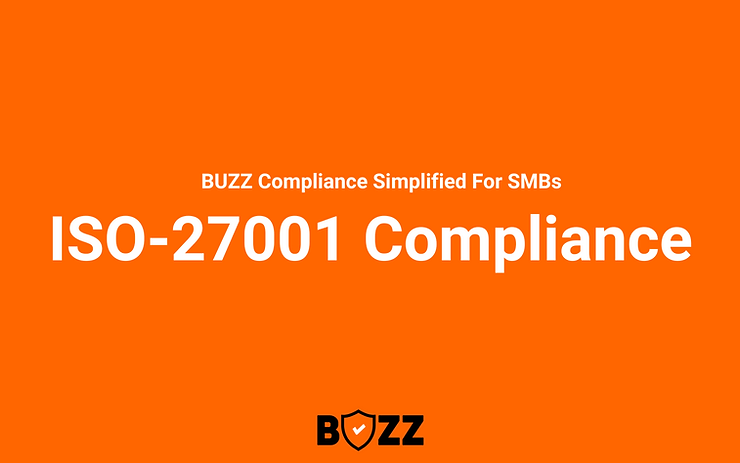For many Small and Medium Business (SMB) owners, terms like “vulnerability assessment” might sound complex, perhaps something reserved for the tech giants.
However, in reality, it’s a crucial security measure every business needs, irrespective of its size. This guide aims to demystify vulnerability assessment for SMBs, emphasizing its importance and how it can be the difference between a thriving business and one that’s constantly firefighting cyber threats.
Every day, the world witnesses a surge in cyber threats, with businesses—big and small—finding themselves at the crosshairs of malicious actors. As you delve into this guide, we aim to empower you with the knowledge and tools to safeguard your business’s future.
Vulnerability Assessment for SMBs – What can you expect
How A Cyber Attack Impacted a Small Business?
Vulnerability Assessment To The Rescue
Why Should An SMB Bother With Vulnerability Assessments?
Different Types of Vulnerability Assessments
Affordable and Free Tools For Vulnerability Assessment
How A Cyber Attack Impacted a Small Business?
In the bustling town of Springfield, there was a small business named “SpringTech Solutions.” Owned by Jane, a passionate entrepreneur, SpringTech had grown steadily over the years, becoming a trusted name in the local community. Jane always believed that cyber threats were a concern for the big players, thinking, “Oh, I’m too small to be on a hacker’s radar.”
One fateful morning, Jane arrived at her office to find her computer systems locked. A chilling message flashed on the screens: “Your data has been encrypted. Pay $50,000 in Bitcoin to retrieve your data.” Panic set in. SpringTech’s client data, financial records, and years of hard work were held hostage. Jane felt trapped and helpless.
Now, let’s step back from Jane’s story and look at the broader picture. Jane’s belief that her business was too small to be targeted is unfortunately a common misconception.
According to a report from StrongDM:
46% of all cyber breaches impact SMBs.
A staggering 61% of SMBs were the target of a cyberattack in 2021.
82% of ransomware attacks in 2021 were against SMBs.
87% of SMBs have customer data that could be compromised in an attack.
The aftermath of the attack was devastating for SpringTech. Jane had to pay a hefty ransom, but the damage was done. Clients lost trust in the company, contracts were terminated, and the brand reputation that took years to build was tarnished overnight. The financial impact was so severe that Jane had to shut down SpringTech a few months later.
The sad reality is that Jane’s story isn’t unique. Many small businesses face similar threats, and the consequences can be dire. A single cyberattack can lead to financial losses, damaged reputation, and even business closure. The belief of “I’m too small to be targeted” can be a costly one.
The key takeaway? No business is too small to be on a hacker’s radar.
Vulnerability Assessment To The Rescue
Navigating the world of cybersecurity can sometimes feel like wading through a sea of jargon. However, understanding the basics can be a game-changer for your business. One such fundamental concept is “vulnerability assessment.”
Definition For Vulnerability Assessment
A vulnerability assessment is a systematic process of evaluating the potential threats or weaknesses in a computer system, network, or software application. It identifies, quantifies, and prioritizes these vulnerabilities, allowing organizations to understand and address potential security risks.
Simplified Explanation for SMB Owners
Think of your business like a home. The house has several doors, windows, and entrances. Some of these doors may have robust locks, while others may be left unlocked or accidental. A vulnerability assessment is like hiring a security professional to walk around your property, evaluating each entrance point and advising you where you need new locks or left a window open. Hackers may target these “entry points” in your computer systems, websites, and apps. Regularly inspecting and guarding these areas keeps your organization safe from intruders.
Many SMB owners are initially overwhelmed by the technicalities of cybersecurity. But once they understand the essence, you’re better equipped to make informed decisions. So, let’s get you there.
Why Should An SMB Bother With Vulnerability Assessments?
An SMB owner has too many conflicting priorities, there’s a business to run, too many daily decisions – so, why should vulnerability assessment be on your priority list?
Here are five compelling reasons:
Protection of Sensitive Data
Every business, irrespective of its size, holds sensitive data. This could be customer information, financial records, or proprietary business strategies. A vulnerability assessment identifies weak spots where this data might be exposed, ensuring that your business’s lifeblood remains secure.
Financial Stability
Cyberattacks can result in direct financial losses, from funds stolen during a breach to ransom payments to unlock data. Moreover, the aftermath of an attack can lead to costly legal battles and regulatory fines.
Brand Reputation
Trust is hard to build but easy to lose. A single data breach can erode years of customer trust and loyalty. Vulnerability assessment ensures you uphold the promise of security you make to your customers.
Competitive Advantage
In a market where businesses vie for customer trust, showcasing a robust cybersecurity posture can be a unique selling point. Customers are more likely to engage with businesses they believe are taking active steps to protect their data.
Future-Proofing Your Business
Regular vulnerability assessments ensure that your business is not just protected against today’s threats but is also prepared for tomorrow’s challenges.
Simply Put
Consider vulnerability assessment as your brand’s digital vault. It will strengthen your defenses and prepare you for threats while boosting your brand’s reputation and competitiveness, preventing financial losses.
Different Types of Vulnerability Assessments
Understanding the different types of vulnerability assessments is pivotal in ensuring comprehensive protection for your business. Here’s a clear and concise breakdown, especially for SMBs:
Network Vulnerability Assessment
This assessment zeroes in on your company’s network infrastructure. It identifies vulnerabilities in servers, firewalls, switches, and other network devices, ensuring they’re fortified against potential threats.
Application Vulnerability Assessment
Software applications, whether custom-built or off-the-shelf, can have inherent weaknesses. This assessment delves deep into these applications, reviewing their code, execution processes, and overall security measures to ensure they’re robust and resistant to breaches.
Internal Vulnerability Assessment
Focusing on the internal environment of your organization, this assessment identifies vulnerabilities that exist within the company. This could be anything from outdated software, misconfigured systems, or lapses in internal security protocols.
External Vulnerability Assessment
This assessment looks at how outsiders, like hackers, view your organization’s digital presence. It identifies potential weak spots in your external-facing assets, such as websites, web applications, and external network services, ensuring they’re safeguarded against external threats.
Cloud Vulnerability Assessment
As businesses migrate to the cloud, ensuring the security of cloud-based assets becomes crucial. This assessment evaluates the security posture of your cloud infrastructure, applications, and data, ensuring they’re protected against potential breaches.
Affordable and Free Tools For Vulnerability Assessment
Vulnerability assessment tools play a crucial role in identifying and mitigating potential threats. These tools probe target systems to discover flaws and weak points in their security, analyze the associated risks, and recommend the best ways to address them. While some of these tools come with a hefty price tag, many affordable and even free options are available that offer robust features.
In this section, we will introduce you to some of the reasonably priced and free tools available in the market and provide a brief description of what each tool can offer in terms of expertise.
OpenVAS
OpenVAS is an open-source tool with over 50,000 vulnerability tests. It is capable of conducting large-scale scans.
Nessus
Nessus is a comprehensive scanning tool known for its quick asset discovery, vulnerability scanning, and malware detection capabilities.
Acunetix
Acunetix is a leading web vulnerability scanner designed to detect and report security flaws in websites and web applications.
Qualys Guard
QualysGuard provides cloud infrastructure scanning and automated security audits and is designed to help organizations manage their cloud security efficiently.
Burp Suite
Burp Suite is a comprehensive web security testing toolset used for identifying vulnerabilities in web applications.
In spite of increasing online threats, there are equally numerous tools available to combat these challenges. In a later post, we will delve into the pros and cons of each one of them.
How To Prioritize Effectively With Limited Resources?
Setting the right priorities ensures that you’re not just ticking boxes but genuinely enhancing your security posture because merely possessing the tools is not enough – you need to know what to use when. In this section, we’ll guide you on what to prioritize once you have the tools and offer tips on creating a vulnerability assessment schedule.
Start with Critical Assets
Every business has assets that are of paramount importance. These could be databases containing sensitive customer information, proprietary software, or financial records.
Guidance: Begin your vulnerability assessment by focusing on these critical assets. Identifying and rectifying vulnerabilities here will significantly reduce the potential impact of a security breach.
Regularly Update and Patch
Outdated software and systems are prime targets for cyber attackers. They exploit known vulnerabilities in older versions to gain unauthorized access.
Guidance: Ensure that all your software, including operating systems and applications, are regularly updated. Prioritize patches for known vulnerabilities, especially for your critical assets.
Embrace a Holistic Approach
Cybersecurity isn’t just about technology – while tools can detect technical vulnerabilities, ensure you also assess processes and train your staff.
Guidance: Human error, like falling for phishing scams, can be as damaging as a technical flaw.
Schedule Regular Assessments
In the ever-evolving world of cybersecurity, what’s secure today might not be tomorrow.
Guidance: Don’t treat vulnerability assessment as a one-off task. Schedule regular checks, be it monthly, quarterly, or bi-annually, depending on your business’s nature and scale.
Stay Informed
The cybersecurity landscape is dynamic, with new threats emerging daily.
Guidance: Join cybersecurity forums, subscribe to security news feeds, and participate in webinars. Staying informed will help you anticipate and prepare for new threats.
Collaborate and Seek Expert Advice
While internal assessments are crucial, sometimes an external perspective can spot what you might miss.
Guidance: Consider collaborating with cybersecurity experts or firms for periodic assessments. Their fresh perspective and expertise can provide invaluable insights.
Review and Revise
The digital realm of a business is not static. As you grow, add new assets, or change processes, your vulnerability landscape may shift.
Guidance: After major changes or additions to your digital infrastructure, review your vulnerability assessment strategy. Revise it if necessary to accommodate the new changes.
With the right priorities and a consistent schedule, you can ensure that your defenses remain robust, no matter how the digital threats evolve.
Conclusion
In the enormous digital expanse of opportunities and threats, proactive corporate security is a need. Cybersecurity may seem complicated, but every big journey starts with one step. By prioritizing vulnerability evaluations, you’re strengthening your firm against threats.
Ready to take the next step towards a secure digital future?
Talk to us at BUZZ for personalized guidance and support.
Our team of experts is here to assist you, ensuring that your business remains resilient in the face of evolving cyber threats.
Contact BUZZ: [email protected] | LinkedIn




